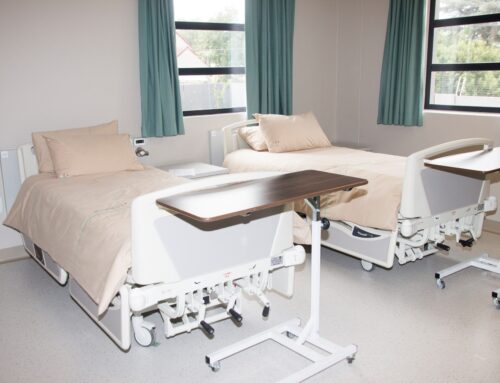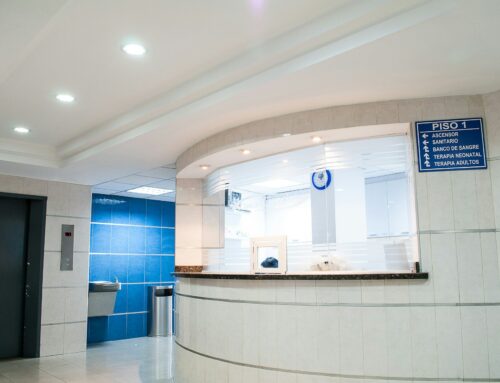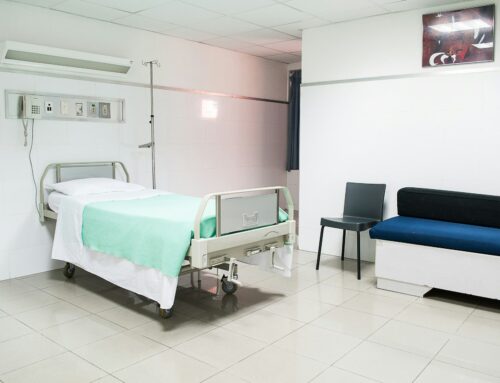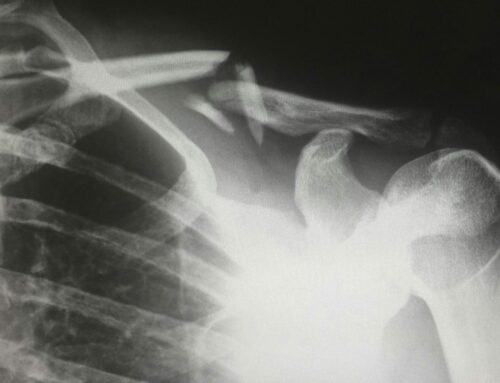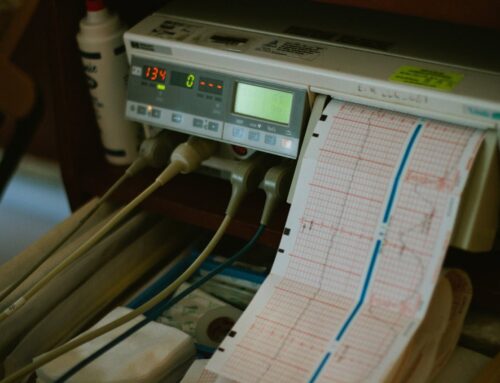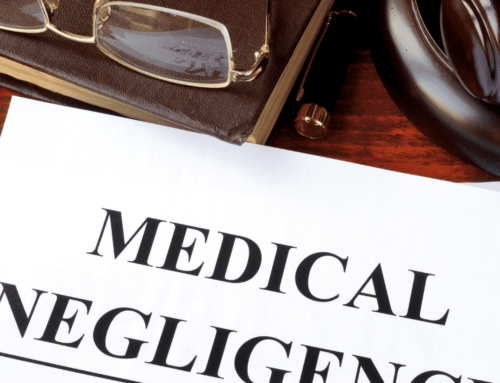In Ireland, when patients seek medical advice and treatment, they place a profound trust in healthcare professionals to act with skill, diligence, and care. Unfortunately, mistakes can happen, and when they do, they can lead to serious harm, distress, and long-term consequences for patients and their families. Pursuing a medical negligence claim can offer redress, but success hinges on proving several key elements — with causation being among the most crucial.
Causation refers to establishing a direct link between the medical professional’s breach of duty and the injury suffered. It is not enough to prove that the healthcare provider made a mistake; it must also be demonstrated that the error caused or materially contributed to the harm experienced. This task becomes particularly complex in cases where the harm arises either from an undiagnosed underlying condition or from poor medical treatment. Understanding the differences between these scenarios and how Irish law approaches causation is critical for anyone considering a medical negligence claim.
Understanding Causation in Medical Negligence
In legal terms, causation means the connection between a defendant’s negligence and the harm suffered by a claimant. In the context of medical negligence claims, proving causation requires showing that the healthcare provider’s action or omission caused or materially contributed to the patient’s injuries. Without proving causation, even if it is clear that substandard care occurred, a claim may fail.
Irish courts commonly apply two legal tests to assess causation:
- The “But For” Test: This test asks,
“But for the healthcare provider’s negligence, would the patient have suffered the injury?”
If the answer is no, causation is typically established. However, if the injury would have occurred regardless, causation becomes much harder to prove.
- The Material Contribution Test: Recognising that not all medical cases are straightforward, Irish law also allows claimants to succeed where negligence made a material — that is, more than minimal — contribution to the injury.
This approach is particularly important in complex cases involving multiple factors contributing to harm.
As the Law Reform Commission of Ireland highlights in its discussions on civil liability, causation ensures that only injuries genuinely attributable to negligence are compensated, maintaining fairness for both claimants and defendants.
Understanding and applying these tests correctly is fundamental to achieving justice in medical negligence claims.
Challenges in Proving Causation: Undiagnosed Pathology
One of the most challenging areas in medical negligence litigation is establishing causation where a patient’s underlying illness or condition was not diagnosed in a timely manner. In these cases, the injury or illness itself was pre-existing, making it more complicated to show that any worsening was due to negligence rather than the natural progression of the disease.
To succeed in an undiagnosed pathology claim, several key elements must be proven:
- Natural Progression of the Disease: Expert medical evidence is vital to determine what would likely have happened if the condition had been diagnosed promptly. Would the disease have progressed regardless, or could early intervention have changed the outcome?
- Impact of the Delay: The claimant must establish that the delay in diagnosis worsened the prognosis, reduced available treatment options, or led to additional, avoidable complications. If early treatment could have meaningfully improved survival rates, quality of life, or treatment success, this strengthens the causation argument.
- Effectiveness of Alternative Treatment: Finally, it must be demonstrated that, had the diagnosis been made earlier, effective treatment was available and would have made a difference.
Claims involving undiagnosed pathology often require nuanced expert evidence to navigate these issues. Establishing causation in these situations can be complex, but it is certainly not impossible, especially when approached methodically and supported by thorough medical testimony.
Causation in Cases of Poor Medical Treatment
In contrast to claims involving undiagnosed conditions, cases of poor medical treatment often present a clearer causal link between the negligence and the patient’s harm. Here, the negligent act itself — such as a surgical error or an incorrect prescription — directly creates new injuries or worsens the patient’s condition, separate from any pre-existing pathology.
Examples of poor treatment that may give rise to medical negligence claims include:
- Surgical Errors: Mistakes made during surgery, such as damaging surrounding tissues or leaving surgical instruments inside the body, can cause additional pain, disability, or the need for further corrective surgeries.
- Medication Errors: Prescribing the wrong medication or the wrong dosage can result in harmful side effects, ineffective treatment, or exacerbation of the original condition.
- Negligent Post-Operative Care: Inadequate monitoring after a procedure can lead to complications like infections, delayed healing, or unnoticed internal injuries.
An example of this can be seen in a recent case we handled involving an ineffective spinal anaesthetic during a C-section, where a failure to respond appropriately to the patient’s warnings led to severe pain and distress during surgery. This case highlights how poor treatment, even in high-stakes environments like surgery, can cause distinct and compensable injuries separate from underlying conditions.
In these situations, causation focuses on distinguishing between the natural consequences of the patient’s original illness and the additional harm caused by the substandard care. For example, a patient recovering from surgery for a fractured hip may expect some pain and mobility limitations. However, if a post-surgical infection develops due to negligent wound care, this new injury — and its consequences — can often be directly attributed to the healthcare provider’s negligence.
Proving causation still requires expert testimony to draw clear lines between the harm from the original condition and the harm from negligent care. Nevertheless, where poor treatment clearly results in new injuries or worsened outcomes, establishing causation can be somewhat more straightforward compared to undiagnosed pathology cases.
The Role of Expert Evidence in Establishing Causation
Expert medical evidence plays a critical and indispensable role in proving causation in medical negligence claims. Courts rely heavily on specialist opinions to understand complex medical issues, particularly in differentiating between injuries caused by negligence and those resulting from the natural course of an illness.
An expert witness typically provides analysis on four key areas:
- The accepted standard of care: What would a competent medical professional have done in the same circumstances?
- Breach of duty: Did the healthcare provider’s actions fall below this standard?
- The likely course of the condition with appropriate care: Would an earlier diagnosis or better treatment have changed the outcome?
- Extent of additional harm: To what degree did the negligent act worsen the patient’s condition?
Courts require a balance of probabilities — meaning it must be shown that it is more likely than not that the negligence caused or materially contributed to the injury. Mere speculation or assertions without strong medical backing are insufficient.
A practical example can be drawn from cases following The CervicalCheck Scandal. In those cases, independent medical experts were instrumental in proving that delays in diagnosing cervical cancer had significantly impacted patients’ prognoses, as discussed in.
Without credible, detailed expert opinions, claimants would face immense challenges in establishing causation, particularly in complex medical scenarios involving undiagnosed illnesses or multi-factorial harms.
Final Thoughts
Proving causation in a medical negligence claim can be one of the most challenging aspects of pursuing compensation. This is especially true in complex cases where an undiagnosed pathology plays a role or where poor treatment overlaps with an underlying condition. Irish law demands clear, credible evidence to link the healthcare provider’s negligence to the patient’s injuries, whether through the traditional “but for” test or the more flexible material contribution principle.
Despite these challenges, successful claims are entirely possible with the right legal and medical support. Expert testimony plays a central role in establishing where negligence occurred and how it impacted the patient’s outcome. Every case is unique, and the details matter greatly — particularly when differentiating between the natural course of an illness and avoidable harm caused by poor care.
If you are considering pursuing a claim but are unsure where to start, you might find it helpful to first make a formal hospital complaint about the care you received. Our guide explains how to submit a complaint and the steps hospitals must take in response, helping you take control of your healthcare experience.
How McElhinney & Associates Can Help
At McElhinney & Associates, we understand that facing a medical negligence situation can be deeply overwhelming. Our team combines legal expertise with genuine compassion to support clients throughout their claims process. We work closely with leading independent medical experts to build strong, evidence-based cases that clearly establish causation and the full extent of harm suffered.
We are committed to:
- Conducting a detailed investigation into the circumstances of your care.
- Collaborating with recognised medical professionals to provide critical expert reports.
- Offering clear, straightforward legal advice tailored to your specific case.
- Fighting to secure the maximum compensation you are entitled to under Irish law.
If you are considering a medical negligence claim, we invite you to contact McElhinney & Associates today for a confidential, no-obligation consultation. We are here to help you every step of the way.
Disclaimer
In contentious business, a Solicitor may not calculate fees or other charges as a percentage or proportion of any award or settlement.
This information is for guidance purposes only. It does not constitute legal or professional advice. Professional or legal advice should be obtained before taking or refraining from any action as a result of the contents of this publication. No liability is accepted by McElhinney & Associates for any action taken in reliance on the information contained herein. Any and all information is subject to change.
About the Authors
Jolene McElhinney, BBLS, Principal Solicitor
Jolene McElhinney is the founding principal of McElhinney & Associates, renowned for her expertise in employment law and personal injury claims across the North West of Ireland. With a distinguished academic background and over a decade of experience, Jolene is dedicated to providing personalised, expert support to her clients, ensuring they navigate the complexities of the legal landscape with confidence and clarity.

